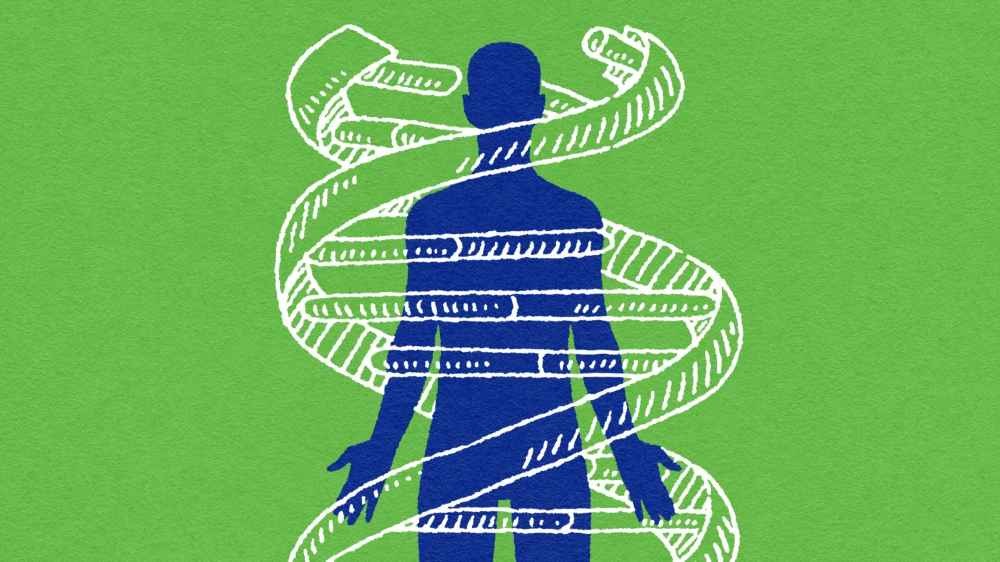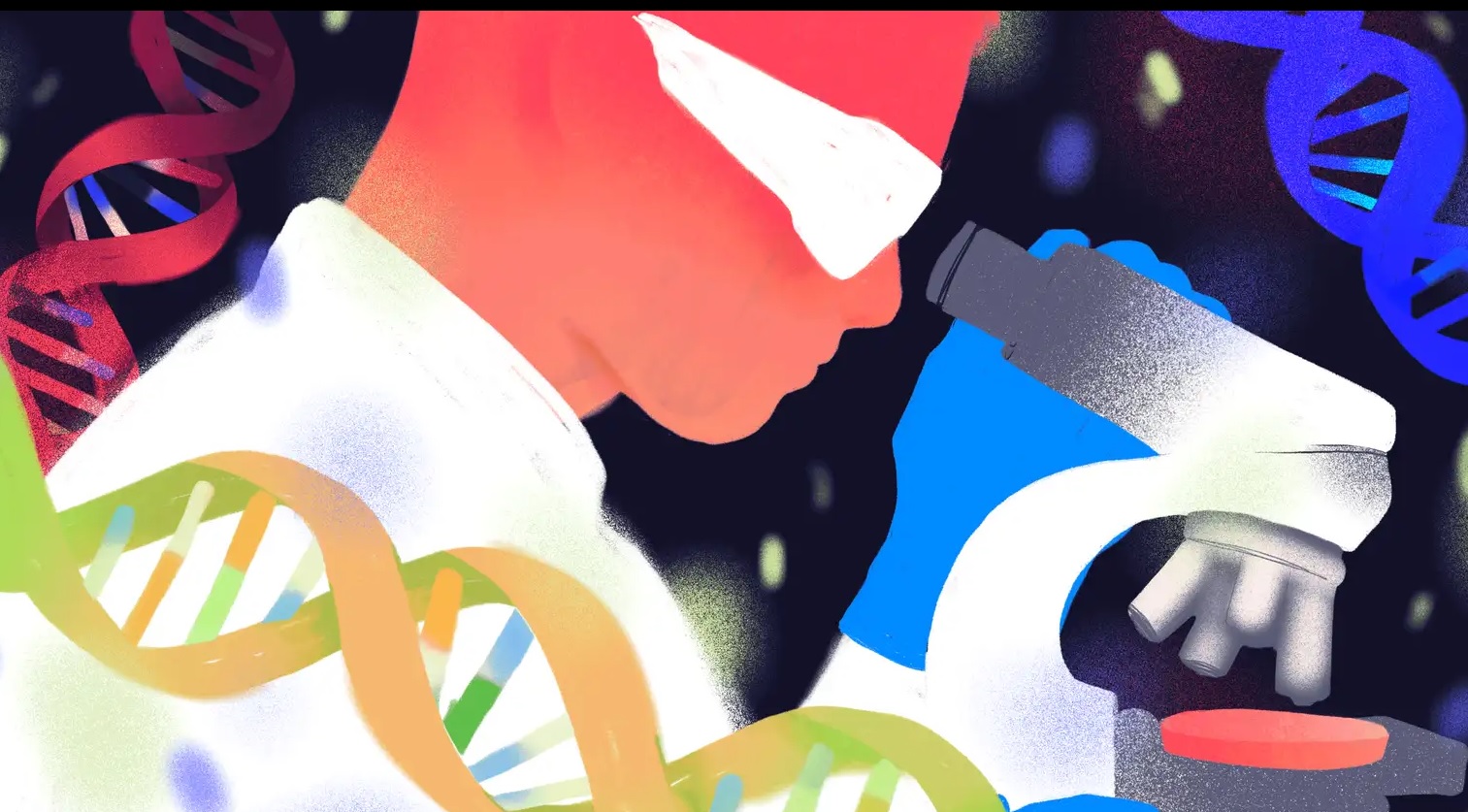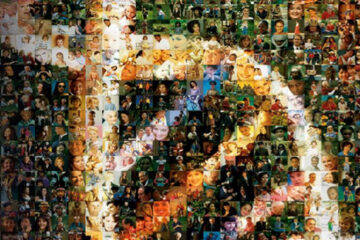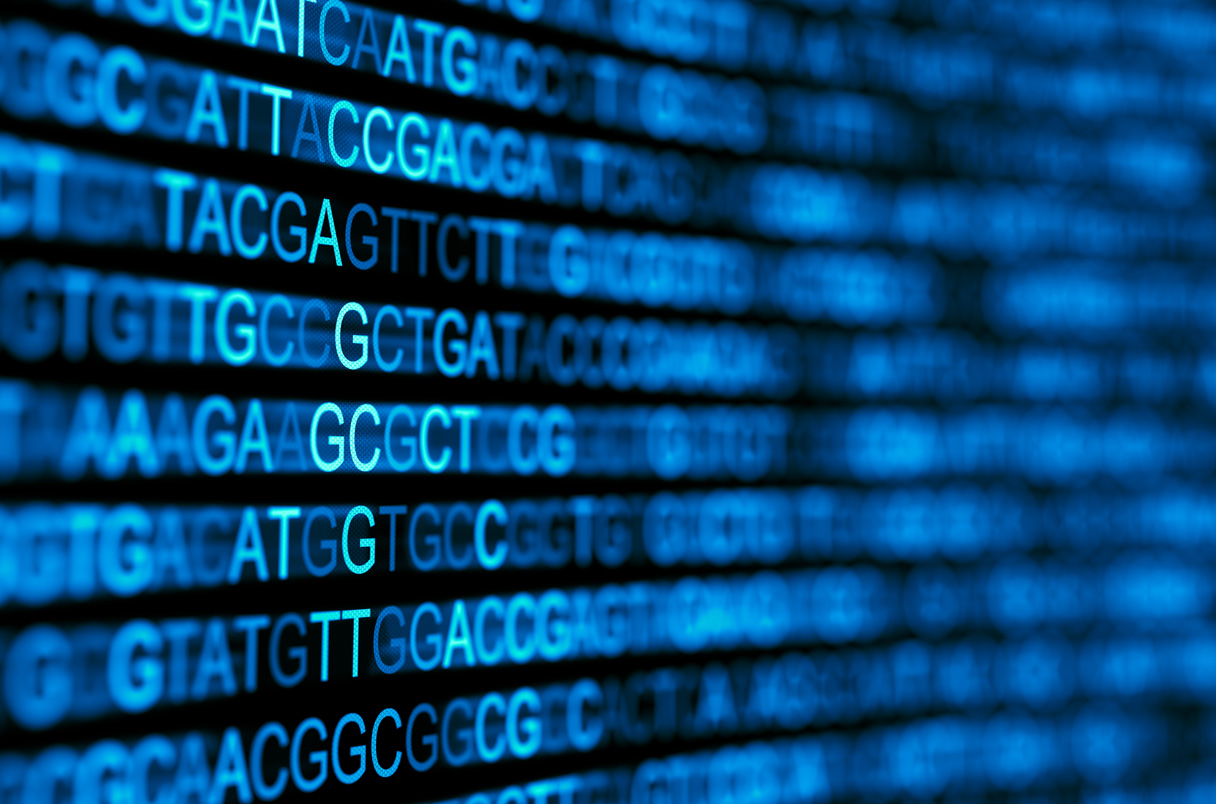The technology will be labeled and subject to stringent health and environment review in the EU, but not in the US, where produce could be radically changed Original article seen in the Guardian, June 2019 Soon, soybeans will be bred to yield stable oil without the[...]
Article courtesy of Vital Choice Our ancient ancestors emerged from the sea. Human fetuses still have “gill-slit” structures, remnants of our watery origins. The fact that we are small, mobile, thinking seas has long intrigued writers and researchers. As pioneering marine biologist Rachel Carson put it,[...]
Article courtesy of MedPageToday Diets high in inflammatory foods were linked with global markers of brain aging and cerebral small vessel disease on MRI, a cross-sectional study showed. Compared with anti-inflammatory diets, those considered pro-inflammatory on the Dietary Inflammatory Index (DII) were associated with smaller total[...]
Article courtesy of The New Yorker In the summer of 2020, my grandmother stopped eating and getting out of bed. She had fallen, fractured a vertebra, and forgotten about it. I flew to France with a dozen of Mamie’s favorite sesame-seed bagels, and I lived with[...]
Article courtesy of Technology Networks. A study of 37 Tibetan Buddhist monks suggests that long-term, deep meditation could positively affect the gut microbiome. The research is published in General Psychiatry. How does meditation affect the body? In the era of “wellness”, an increasing number of people[...]
Article courtesy of Live Science A new study links obesity to patterns of brain tissue loss that overlap with those seen in Alzheimer's disease. The brains of older adults with obesity show patterns of gray matter loss that are strikingly similar to those seen in people[...]
This is for all of us who are battling the long winter weather blues! Article by Jill Horne appeared on the blog for Emeran Mayer Evidence from longevity research studies suggests that optimism may be key factor influencing healthy aging and lifespan, independent of lifestyle factors[...]
Original article from Big Think, published March 5, 2024 ~~ Genes are sometimes called the “blueprint of life,” but that doesn't make them the behavioral playbook. Excerpted from Purpose: What Evolution and Human Nature Imply about the Meaning of Our Existence by Samuel T. Wilkinson.[...]
Original article from Nice News ~~ Are humans inherently good or inherently selfish? Philosophers stretching back to the times of Socrates and Plato have debated human nature and its complexities. But only in recent decades have scientists and researchers started to pull back the layers[...]
On April 14 2003, scientists announced the end to one of the most remarkable achievements in history: the first (nearly) complete sequencing of a human genome. It was the culmination of a decade-plus endeavor that involved thousands of scientists across the globe. Many people hoped[...]
Article courtesy of SciTech Daily People with diabetes who fast intermittently may no longer need medication, according to a new study. According to the U.S. Centers for Disease Control and Prevention (CDC), more than 37 million Americans have diabetes, with around 90-95% having type 2 diabetes.[...]
Original article from the New York Times Katharine Moser chose to find out her genetic destiny in 2005. We revisit her story on her 40th birthday. More than 15 years ago, Katharine Moser became part of the vanguard of genetic testing. While in her early 20s,[...]
Article from The Guardian The word ‘epigenetics’ is everywhere these days, from academic journals and popular science articles to ads touting miracle cures. But what is epigenetics, and why is it so important? Epigenetics is one of the hottest fields in the life sciences. It’s a[...]
From the NIH National Human Genome Research Institute, March 31, 2022 According to researchers, having a complete, gap-free sequence of the roughly 3 billion bases (or “letters”) in our DNA is critical for understanding the full spectrum of human genomic variation and for understanding the genetic[...]
Article courtesy of Science Work challenges popular idea that breeds have specific, reliable behaviorsWhen Kathleen Morrill was 12, she decided she needed a puppy. Not just any puppy—a pint-size papillon with a black button nose and bushy, perky ears. When her parents resisted, “I turned on[...]
Article courtesy of American Specialty Health What’s a Telomere and What’s It Got to Do With Aging? Telomeres are special strands of DNA (deoxyribonucleic acid) that form caps at the ends of chromosomes that live in every cell in the body. They help protect chromosomes from[...]
Article courtesy of Newsweek Scientists have found that two identical twins raised in different countries have a huge IQ difference. A report published in the journal Personality and Individual Differences, assessed the differences between one twin raised in the United States and the other in South[...]
Original article from Metro UK and Nature. One romantic tryst in the distant past between a Homo Sapien and a Neanderthal may be to blame for over a million deaths related to the coronavirus. At present, the virus has been responsible for 6.3 million deaths worldwide.[...]
Article courtesy of Science For DNA sequencing, this “is the year of the big shake-up,” says Michael Snyder, a systems biologist at Stanford University. Sequencing is crucial to fields from basic biology to virology to human evolution, and its importance keeps growing. Clinicians are clamoring to[...]
Original article seen in STAT News Jennifer Doudna reflects on the DNA scissors’ first decade n June 28, 2012, a joint press release went out from the U.S. Department of Energy and the Lawrence Berkeley National Laboratory announcing a new paper in Science from an international[...]
Original article from DW A majority of the DNA that has been sequenced for research comes from donors of European ancestry. That causes a knowledge gap about the genome of people from the rest of the world. Among various things that unite humans around the world,[...]
Article courtesy of National GeographicScientists have discovered eight key proteins—also found in people—that help keep grizzly bears diabetes free. If a human ate tens of thousands of calories a day, ballooned in size, then barely moved for months, the health outcomes would be catastrophic. Scientists have[...]
Article courtesy of Bloomberg News About 20 years ago, mapping out a person’s genes cost about $100 million. It will soon cost $200. Illumina, the main company behind the machines that interpret genetic code, says its latest model can produce faster, more accurate results at about[...]
Article courtesy of LiveScience.com North American migratory birds are becoming smaller as the planet warms due to climate change, a new study finds. Researchers from the University of California, Los Angeles (UCLA) examined more than 30 years of data for adult male birds across 105 avian[...]
Article courtesy of the NIH and PubMed Abstract Background: Mitochondrial DNA copy number (mtDNAcn) in tissues and blood can be altered in conditions like diabetes and major depression and may play a role in aging and longevity. However, little is known about the association between mtDNAcn[...]

























